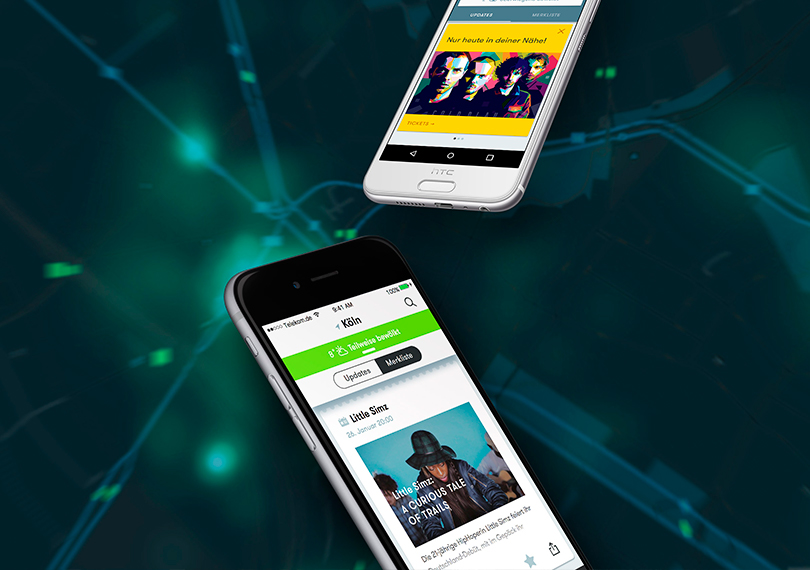Mobile app native development
- 90% of work done according to the estimated time.
- 98% error tolerance for the audience of 100 000 users.
- Proved by work with the German customers.
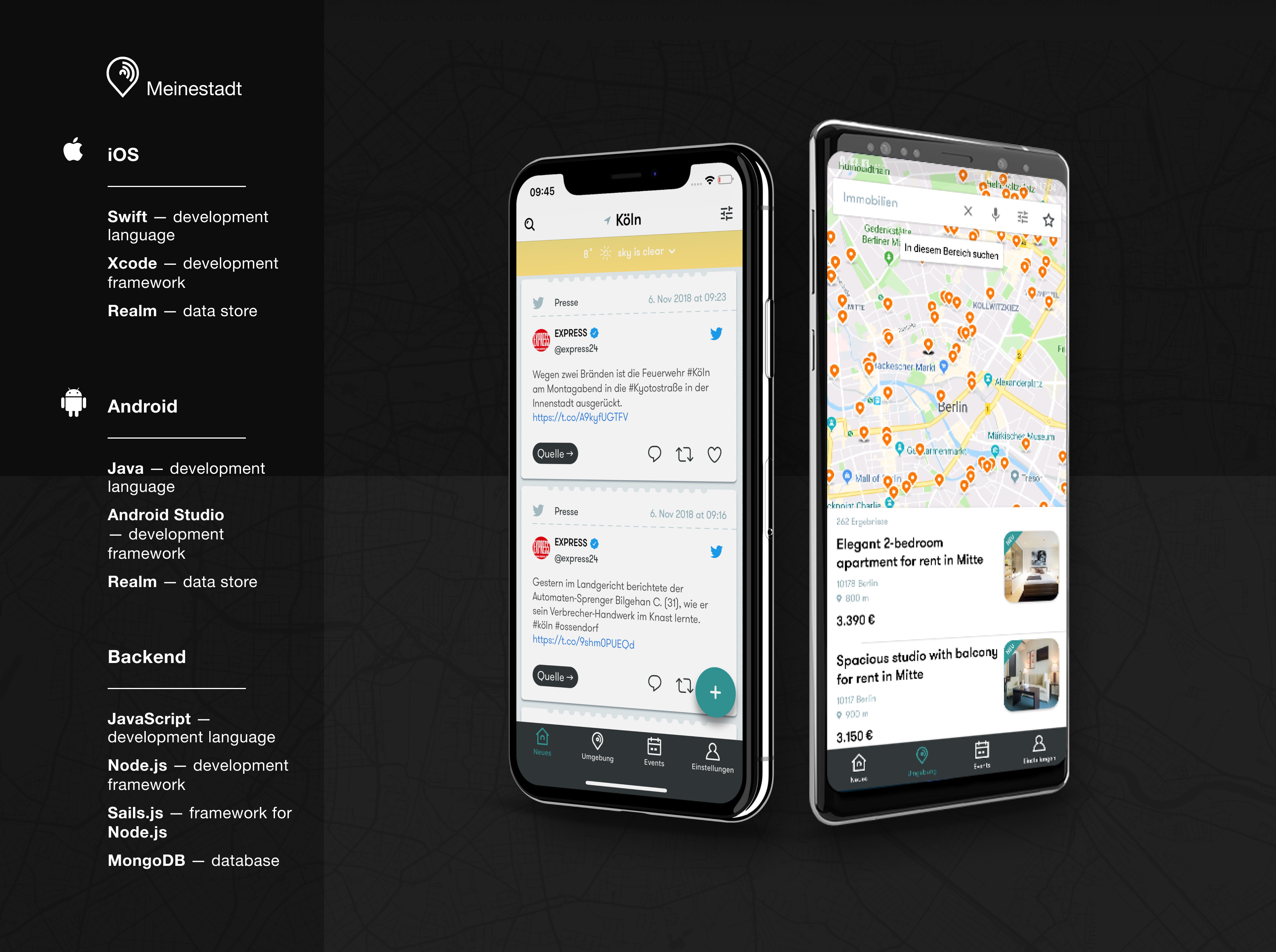
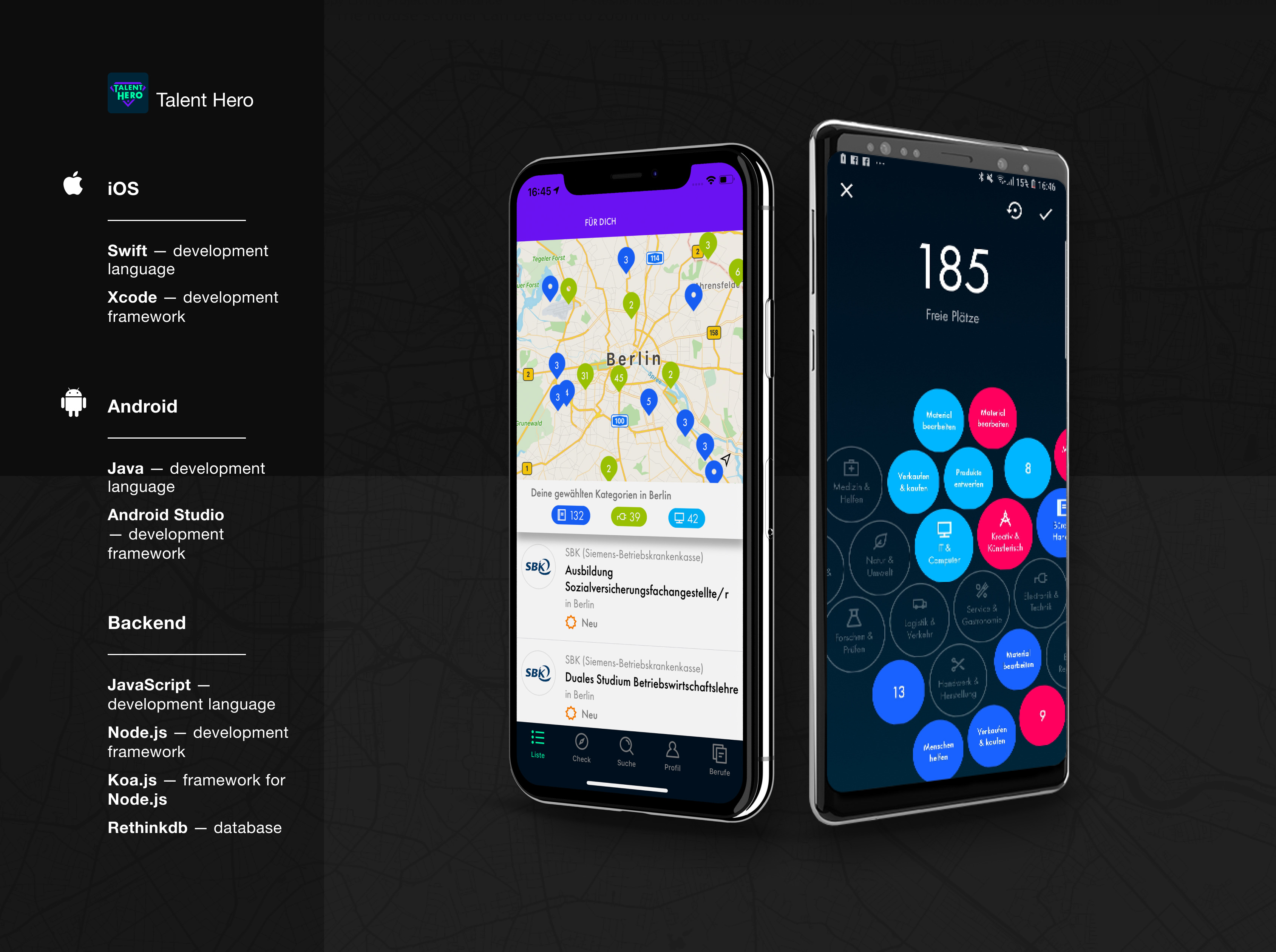
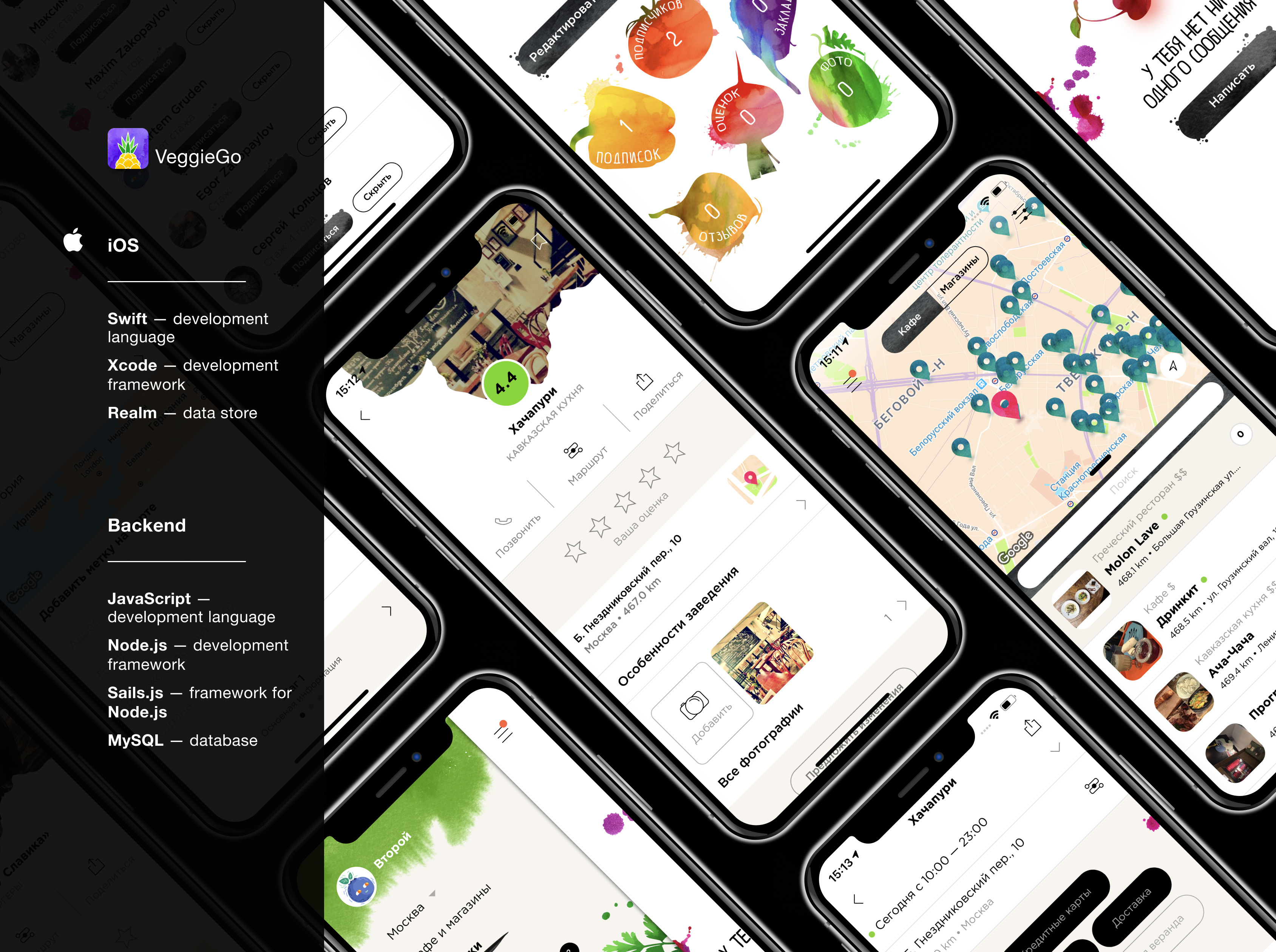
When DO YOU NEED TO THINK ABOUT A MOBILE APPLICATION ISSUE?
- The basis of your company is interaction with the audience through a mobile application, you are mobile-first;
- you want to get additional benefits from launching a mobile application and expand your product line, you diversify risks and enter new markets;
- you want to increase the loyalty of existing customers by providing them with improved service through a mobile solution;
- you want to automate processes in your company through a mobile product.
15 MINUTES BRIEFING AND WE WILL PREPARE A PERSONAL OFFER
to develop a mobile app.
 One of our managers
One of our managers
will call you.
6 STAGES ENSURING THE FIRST CLASS APPEARANCE AND QUALITY CODE
- Prototyping, UX.
- Interface design, UI.
- Mobile app development and quality control.
- Backend development.
- Marketing.
- Iteration project development.
Platforms
![]()
We build apps for iOS and Android.
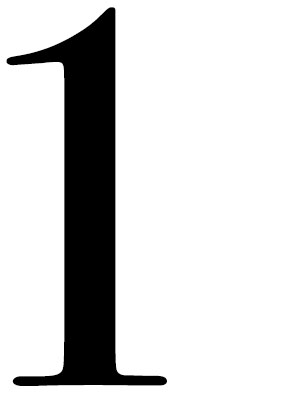
Prototyping, UX

2 days or more.
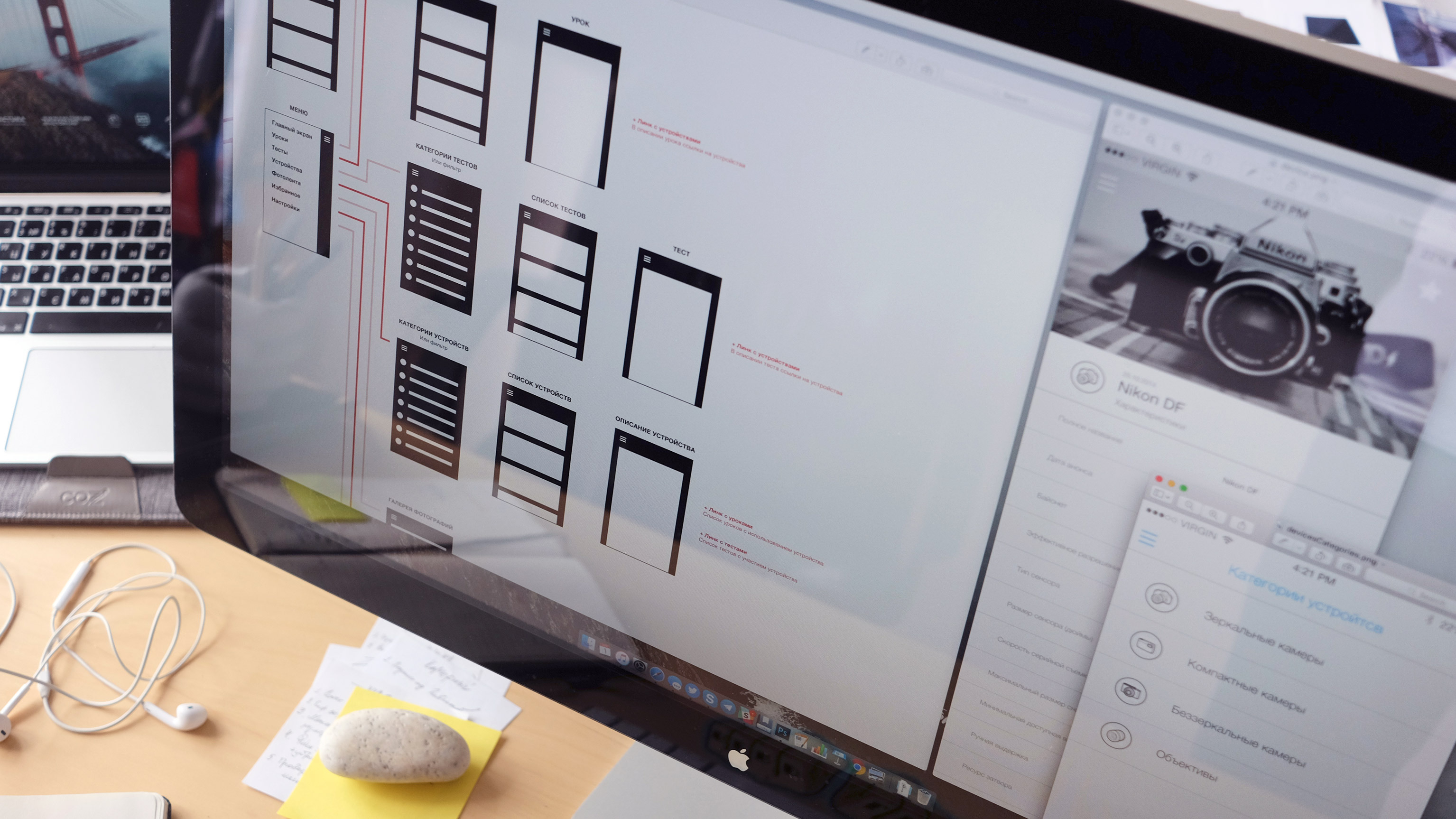
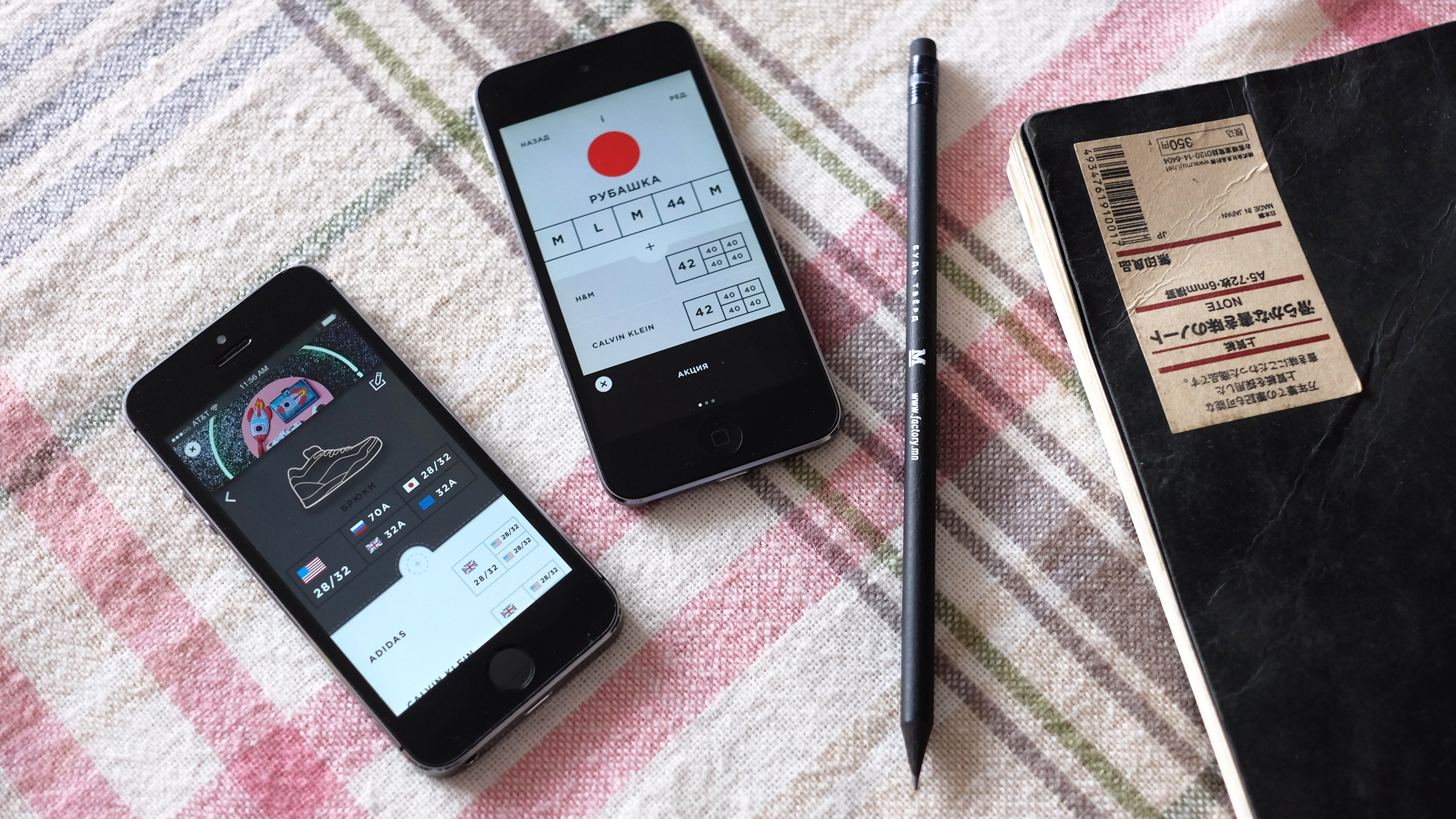
During the prototyping stage we:
- describe user actions - how a user will use the product for solving their problems;
- use rapid prototyping - 5 designers offer their solutions for your product;
- develop a final interactive prototype based on the results of rapid prototyping;
- on a group of 5 respondents we conduct UX testing and, as a result, make changes to the interactive prototype;
- after its approval, if necessary, we sum up the documentation for the design and development - statement of work.
This stage provides us with a storyboard that illustrates relationships between the app screens, as well as interactive prototypes that can be tested on actual devices. Once the prototypes are approved, we develop a detailed requirements specification if one is needed.
We Use
![]()
Result
- Description of user actions;
- completed table with UX-testing results;
- prototype layouts in Figma or Sketch;
- interactive prototype in Invision;
- statement of work (if needed).

Interface design, UI

5 days or more.
Design is our main strength and area of competence. We continuously research design trends and often are able to predict where the industry is going. Easybank design can be described with the words flat, clean, blur and transparency. It looks very much like iOS 7, although it was developed before the operating system came out. It was not a coincidence: for several years now we’ve been holding weekly meetups where we discuss design news and trends, discover fresh solutions and advanced technologies to apply new knowledge in UI design process.
«At least half the tech products people use will be because of style and how it makes them feel rather than pure utility.»
Julie Zhuo,
Product Design VP at Facebook
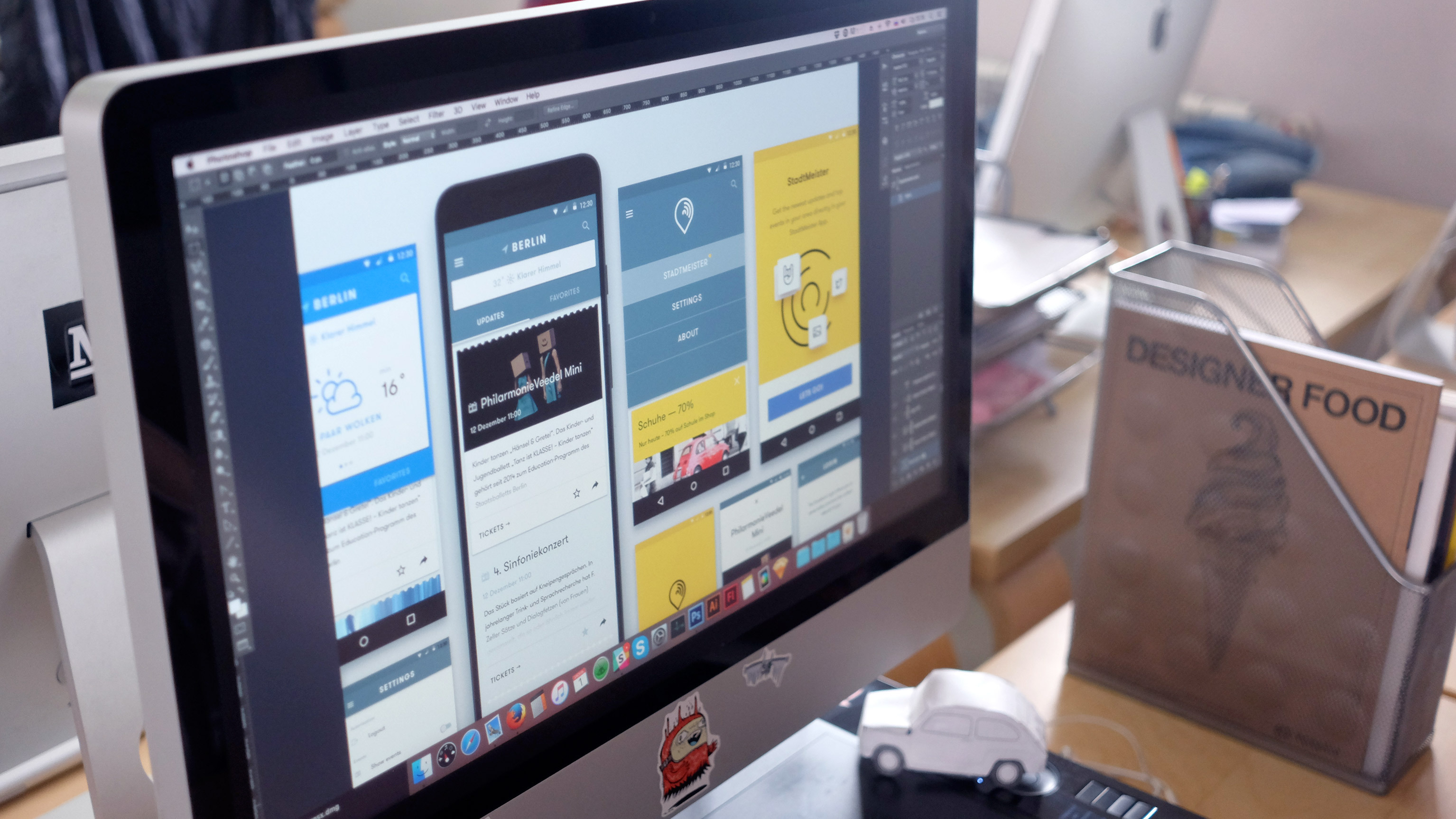
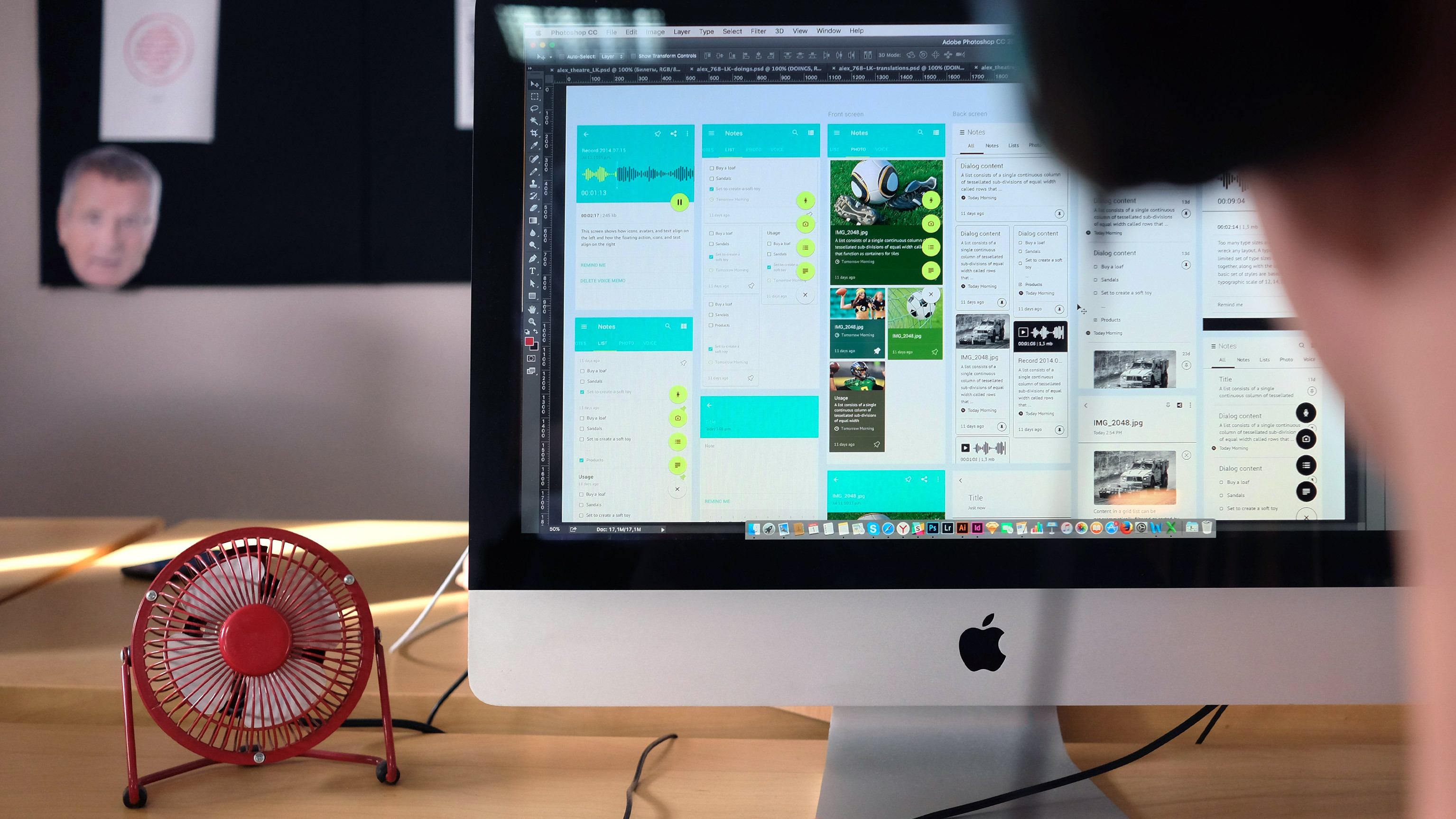

We usually divide UI design process into 2 iterations.
- First we develop 2 or 3 key app screens in order to show our thoughts and illustrate hypotheses about the visual language of your product;
- Once we have discussed and approved them with our client, we complete the rest of the screens. In some cases, when the app consists of many screens, more iterations are required.
- Development of animations for micro-interactions in the interface, sets of icons or illustrations. No longer a novelty, an animation is commonly used in app interfaces. We develop animations during the UI design phase and present them to our clients together with the rest of the designs. When creating them, our designers consult with the developers to ensure that their ideas are not too complicated and can be implemented.
While working on our products, we always rely on iOS Human Interface Guidelines and Google Material Design recommendations.
We use
![]()
Result
Design files in jpg and psd (or Sketch) format, interactive prototypes built with InVision, mov files, Principe source files and sliced assets.

iOS and Android development

10 days or more.

When programming for iOS and Android, we use native programming languages: Swift, Objective-C, Java, and C#.
The development process can be split up into iterations starting with MVP, minimum viable product. It allows us to release the first version of the app as quickly as possible and start testing it on real users right away. Launching new features in future updates helps us build a loyal and lively audience. If you are interested in iterative development, we will outline the process during the prototyping phase.
Our developers pay a lot of attention to well working UI. Especially when it comes to animations and responses to user actions.
At the end of the development phase we always perform QA and code review to identify bugs and ensure stable app performance on common devices. While testing we use:
- manual testing on [list of devices];
- automated API testing;
- load testing;
- beta-testing on real users.
We use
![]()
Result
Ready for approve app builds and source code.

Backend development

10 days or more.
If the app uses the client/server model, we develop the app backend that will store and process data.
Backend technology stack: Node.JS, Sails.JS, AWS.
We use
![]()
Result
API with description.

Marketing

1 day or more depending on the scope of work.
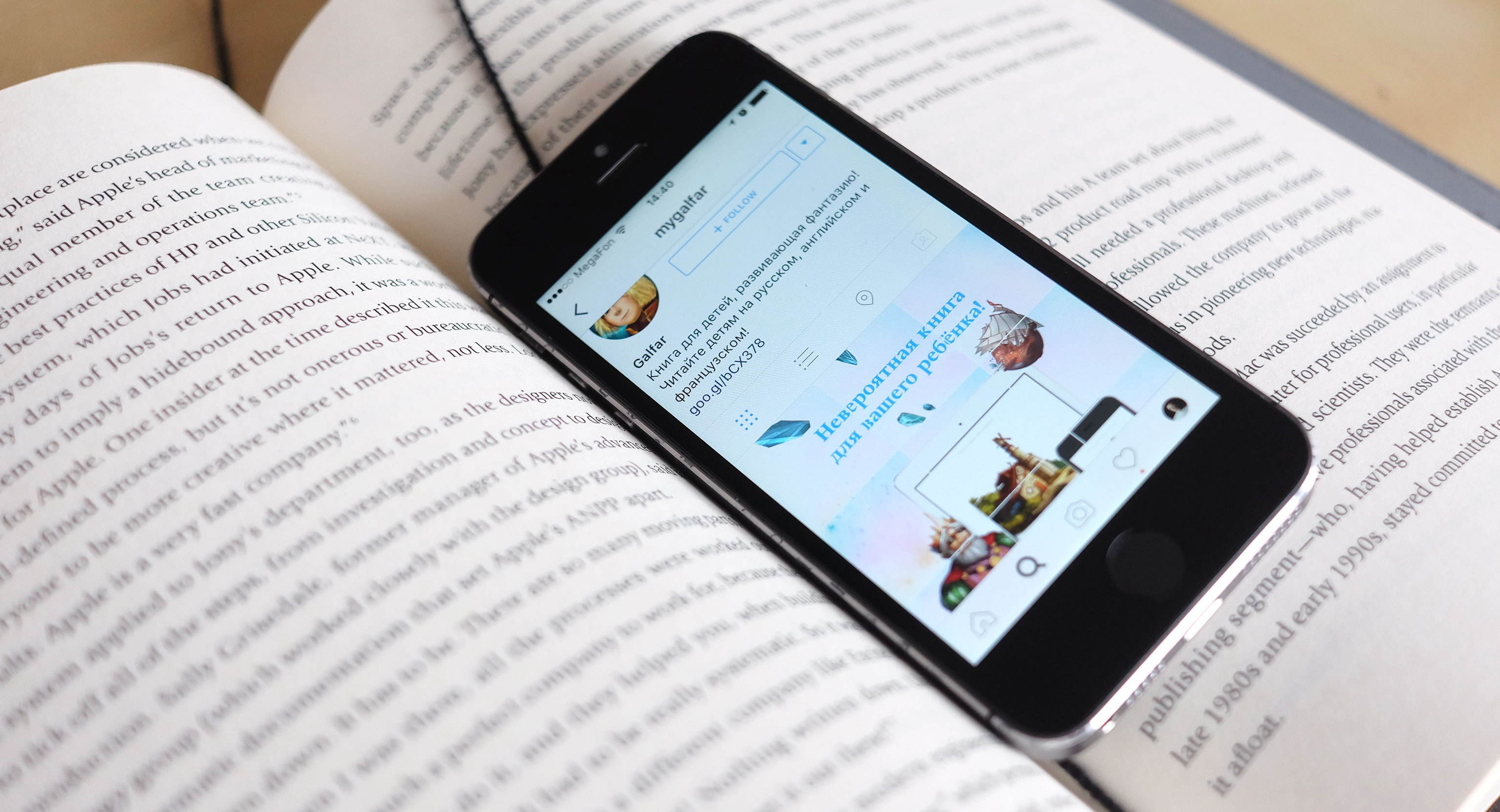

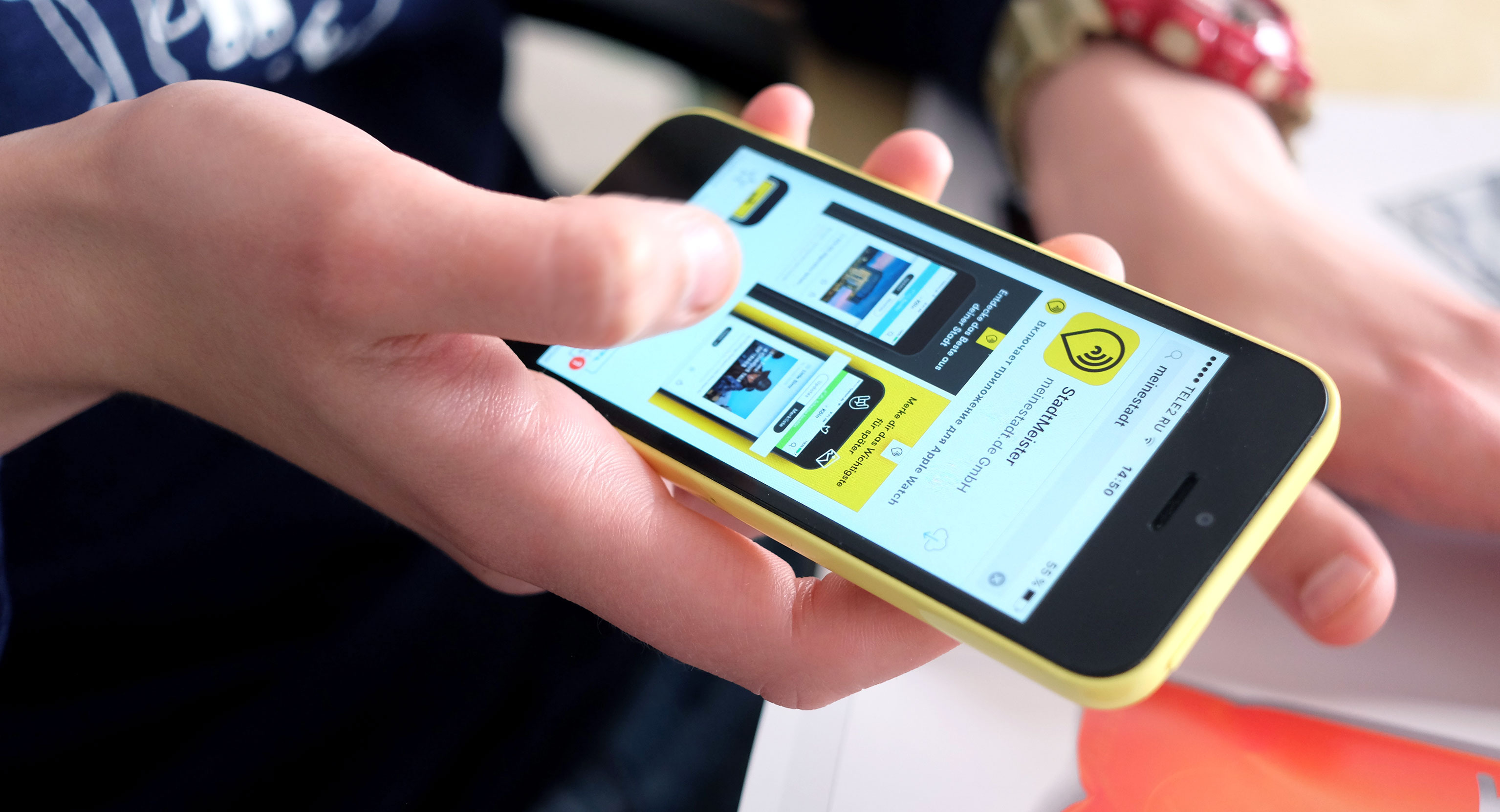
After the product is complete it is important to create marketing materials for its effective promotion:
- screenshots for the App Store, Google Play and Windows Store;
- app title and key words, description of the app and its updates;
- landing page with a support section;
- app pages on social media;
- illustration for social sharing;
- promo videos for the AppStore and Google Play.
Zatch promo video.
6
Growth

Monthly updates.
Analysis of the behavior of your users is the most important assessment of the effectiveness of your mobile application. The analysis shows what works well and what needs to be improved. Successful applications release updates — it helps them get rid of barriers, increasing their efficiency and audience loyalty.
In our work, we use the principles of the iterative approach, which are detailed in the article “Good and bad practice of launching digital products” and which has the following key advantages:
- quick release of the first version of the application and receiving data from real users;
- the appearance of revenue (or other benefits from your product) ahead of schedule;
- measure the effectiveness of each change.
To implement monthly updates we:
- set up analytics systems;
- based on the analysis of user behavior and communication with them, we draw up a roadmap for product development;
- release monthly updates, measure their effectiveness and make changes to the roadmap.
This set actions set is included in «Development according to KPI» service.
We use
- Yandex AppMetrika
- Fabric
- Firebase
- Localytics
Result
- An encyclopedia of events that describes which user actions we track.
- Access to analytics account with customized goals and reports.
- Monthly application update build, ready to be sent to AppStore.
Fill in the brief and get 5% off for saving our time
Native development is the best way to get a reliable result
- it is a development for iOS and Android via Java, Kotlin и Swift languages, recommended by Google and Apple;
- use all the capabilities of iOS and Android platforms;
- convenient service and support of the finished product;
- ensuring the safety of the product.
An alternative to native development is cross-platform development.
Pros — the accelerated release of the first version of the product on several platforms at once and the cost of development.
Cons — low sympathy to new solutions from Google and Apple, simplified interface solutions and difficulty in working with calculations.
Reasons to work with us
![]()
Sizer, our own app, became Apple’s App of the Week. Very few apps get this status and we are very proud that Sizer was one of them.
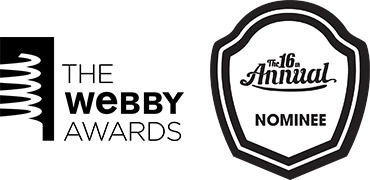
In 2012 Sizer was nominated for the Webby Awards, often called «the Oscars of the Internet».
![]()
Our portfolio includes UX and UI design for 10 apps for the Russian dual-screen phone YotaPhone 2.
![]()
Behance, the leading online platform for designers to showcase their work, featured our YotaPhone 2 piece in the App Design Served gallery.
![]()
Manufactura is one of TOP 100 best mobile developers in Russia according to the leading analytical agencies Tagline, Rating Runet and Ruward.

How much does it cost to develop an app?
The development cost depends on the scope of work. Our hourly rate is $28 and the total cost is determined based on the time needed to develop an app.
We offer two pricing models:
- Fixed price. We use it for small and medium-sized projects, when the goal is well-defined, terms are not going to change during the development process and risks are predictable.
- Time and Material. When there is a fixed monthly or weekly budget, fixed time spent on the development during this time period and flexible scope of work. This model fits best for large projects and projects with objectives that change over time.
Average cost
![]()
- One platform (iOS or Android, the second is 15-20% cheaper).
- Native development.
- Turnkey development included — documentation, design, development and testing.
Let's create amazing products for iOS and Android together

We are huge fans of Apple and in love with Google Material Design. We emphasize the beauty of interface and code. Use our empathy to these two worlds for your business goals. This is what we are made for.
